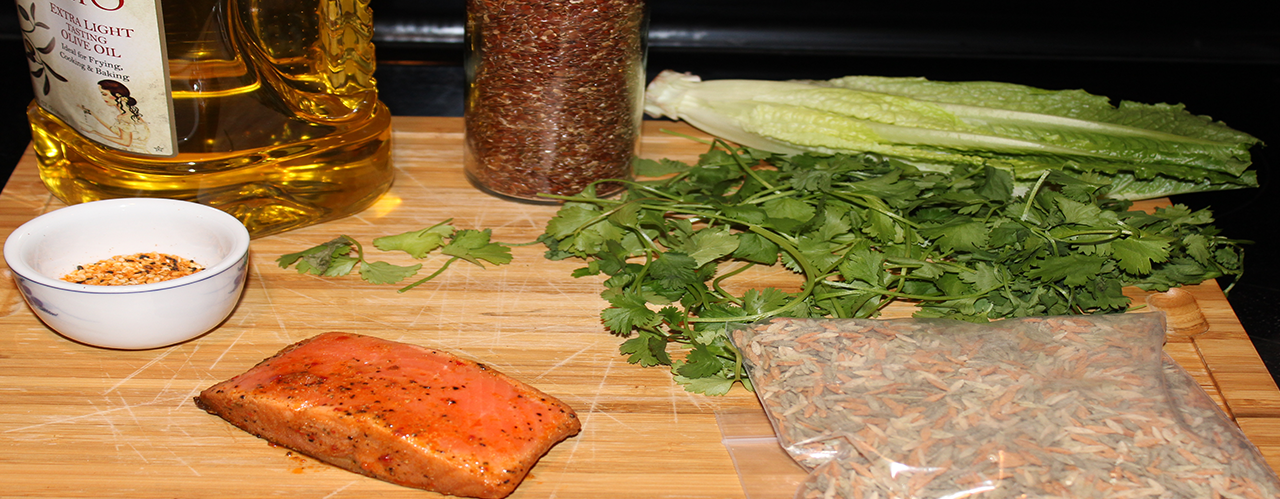-
packaged foods of all kinds
-
sugar
-
refined grain products
-
processed vegetable oils
-
conventional dairy products (nonorganic, homogenized, and pasteurized)
-
farm-raised animal products
-
too much caffeine or alcohol
Dr. Josh Axe is a C.N.S. Certified Nutrition Specialist, expert in Natural Medicine, a speaker for Fortune 500 Companies (Nissan, Whole Foods) and a doctor of chiropractic. He is a nationally sought-after speaker, bestselling author of The Real Food Diet Cookbook, a Physician for Olympic level athletes (Ryan Lochte, among others) and a regular contributing writer for one of the largest U.S. natural supplement companies, Garden of Life. He’s the founder of draxe.com, which is the #9 most visited natural health site in the entire world.


